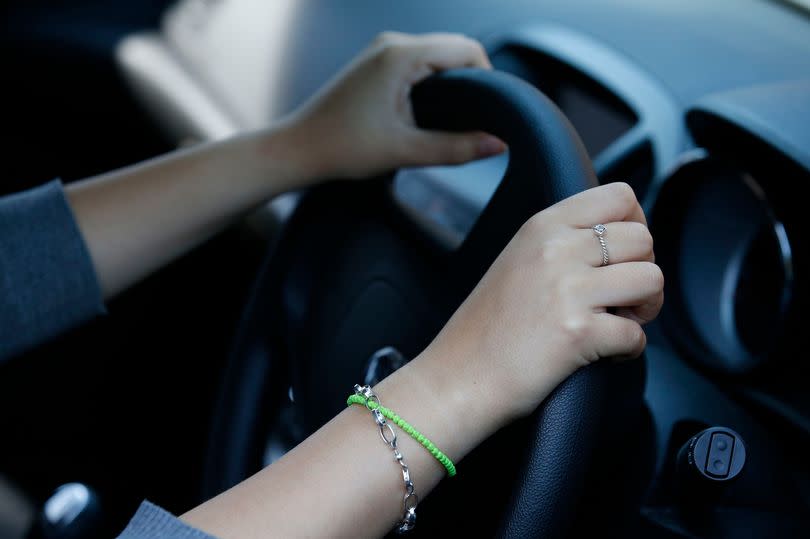The little-known reasons for items inside your car that are hiding in plain sight

Car drivers are just now discovering the real purpose of the grab handles above their car doors. It's just one of the many useful features and signals in your car that many people are not aware of.
Above each car door, there's typically a handle. Many assumed these are there to hold onto when the driver takes corners too quickly.
However, according to cars.com, these handles are actually very beneficial for someone with limited mobility trying to get in or out of the car. They can be used by wheelchair users or anyone lacking leg strength for stability while manoeuvring into a comfortable position, functioning similarly to bathroom grab bars.
READ MORE: The driving law change experts want to see to make roads safer
There are many other helpful features you might not have known about. One of them is a useful fuel tank locator, reports the Mirror.
Have you ever pulled into a petrol station in a hire car, only to realise you don't know which side the petrol tank is on? Guessing wrong can be more than just an inconvenience - it either requires a tricky manoeuvre or an attempt to stretch the hose around to the other side of the vehicle.
Even if you've spent many years driving your own, borrowed, or rented vehicles, including the dreaded hired moving lorries, you might be surprised to learn that there's a small arrow next to most petrol gauges indicating which side it's on. This feature has been standard on new cars for nearly a decade, so next time you're about to fill up a new car, check this dashboard feature.
Road condition indicators are another item many miss. The location of the petrol cap isn't the only intriguing feature you'll discover if you pay attention to the dashboard of a new car.
During cold weather drives, you might spot an unusual dashboard light that resembles a road with a snowflake on it. This is intended as a warning that the external temperature is low enough for roads to freeze, as per mycardoeswhat.org, a site established by the National Safety Council and the University of Iowa.
And don't forget about stability control. When driving on wet or icy roads, you may occasionally notice a dashlight flash depicting a tiny car skidding. This is a sign that your stability control feature has been momentarily activated to keep you on track (quite literally).
Sensors can detect if the car is turning too much (preparing to spin out) or not turning enough (risking veering off the road), and it applies the brakes on one or more wheels to manage the turn. If there's a button in your car that allows you to disable stability or traction control, disregard it. The only instance you would need to switch off this feature is when attempting to free the vehicle from deep snow, as stated by mycardoeswhat.org.
There's also tyre pressure monitor to think about. Since 2008, all new cars have been equipped with sensors that keep an eye on your tyre pressure. If you're running low on air, a dashboard light typically shaped like a tyre cross-section with an exclamation point in it will alert you.
In some of the latest models, the indicator even specifies which tyre is losing air. To find out the ideal tyre pressure for your car, refer to your vehicle's manual.
Finally, make sure you know where your front fog lights are. These are designed to light up the immediate vicinity around the car when driving in conditions with poor visibility. Fog lights are an additional set of small illuminators located below the headlights and tail lights.
While almost all vehicles have them at the back, not all have them at the front where they can be most beneficial to the driver. They provide the driver with more visual reference points during foggy or snowy conditions when the road ahead is difficult to see.
Get daily headlines and breaking news emailed to you - it’s FREE

 Yahoo News
Yahoo News 
